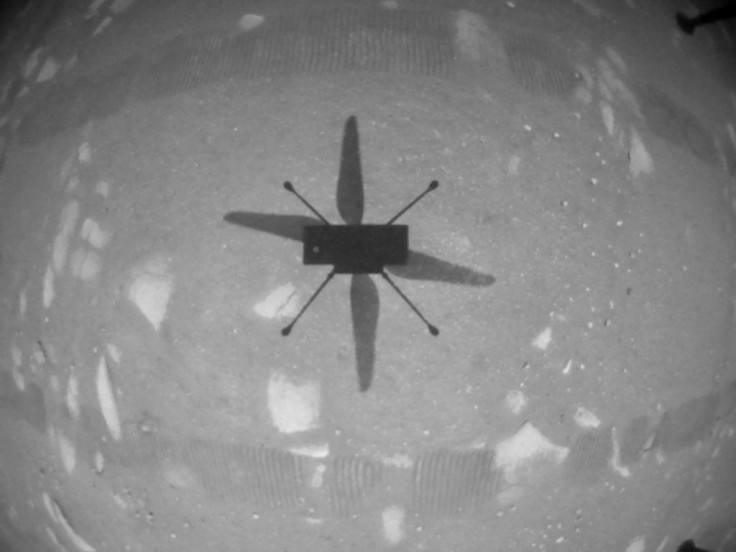Ingenuity encountered an "in-flight anomaly" that caused it to fly erratically during its sixth trip on Mars. Although the helicopter landed safely, the incident provided an unanticipated stress test for the system.
On May 22, the sixth test of Ingenuity was supposed to push the helicopter to its limits. Still, mission planners got a lot more than they expected. Ingenuity was supposed to climb 33 feet (10 meters) and then fly for 492 feet (150 meters) southwest. It made two more excursions, one for approximately 50 feet (15 meters) and one for 164 feet (50 meters), before landing at a specific area.
Just keep flying _#MarsHelicopter completed its 6th flight. Despite unexpected motion from an image processing issue, Ingenuity muscled through the final ~65 meters of its 215-meter journey, landed safely & is ready to fly again. The chief pilot explains https://t.co/533hn7qixk pic.twitter.com/IHkkjXaHDd
— NASA JPL (@NASAJPL) May 27, 2021
The test flight started out smoothly, but things started to get a little wacky at the end of Ingenuity's first stretch. Håvard Grip, the Ingenuity Mars Helicopter's chief pilot, said the spacecraft became jittery, altering its velocity and "tilting back and forth in an oscillating pattern." Throughout the flight, this strange behavior persisted.
Grip said "onboard sensors indicated the rotorcraft encountered roll and pitch excursions of more than 20 degrees, large control inputs, and spikes in power consumption" before landing.
To comprehend what went wrong during this flight, experts must evaluate how this self-driving car manages to maintain things in order. The Independent said Ingenuity uses an onboard inertial measuring unit (IMU) to track its location, speed, and orientation during flight. An onboard control system, in turn, reacts to these measurements, which are mere approximations.
Indeed, the IMU would be insufficient for the task independently, as errors would accumulate over time. The helicopter employs its onboard navigation camera to support this system, which takes 30 photos of the Martian surface while in flight and sends them to the navigation system right away.
An in-flight anomaly threw this delicate balance off at the 54-second mark of Ingenuity's sixth trip. Slash Gear said a single lost frame disrupted the constant flow of camera data. The said glitch caused all subsequent navigation images to be transmitted with an incorrect timestamp. As a result, the navigation algorithm was working with erroneous data about when the photos were collected.
Working with corrupted data forced Ingenuity into a state where it had to make constant adjustments, resulting in the back-and-forth motions. Despite this, Ingenuity could continue its flight and arrive within a few feet of its intended landing spot.
"NASA developed Ingenuity to tolerate severe faults, including timing faults, without becoming unstable," wrote Grip. This "built-in margin was not fully utilized in Ingenuity's prior flights because the vehicle's performance was consistent with our expectations," but it "came to the rescue" during the sixth trip. Grip further claimed that the helicopter "muscled through the crisis" by responding to the increased demands of the crazy flight with its rotor system, actuators, and power system.

© 2025 Latin Times. All rights reserved. Do not reproduce without permission.





